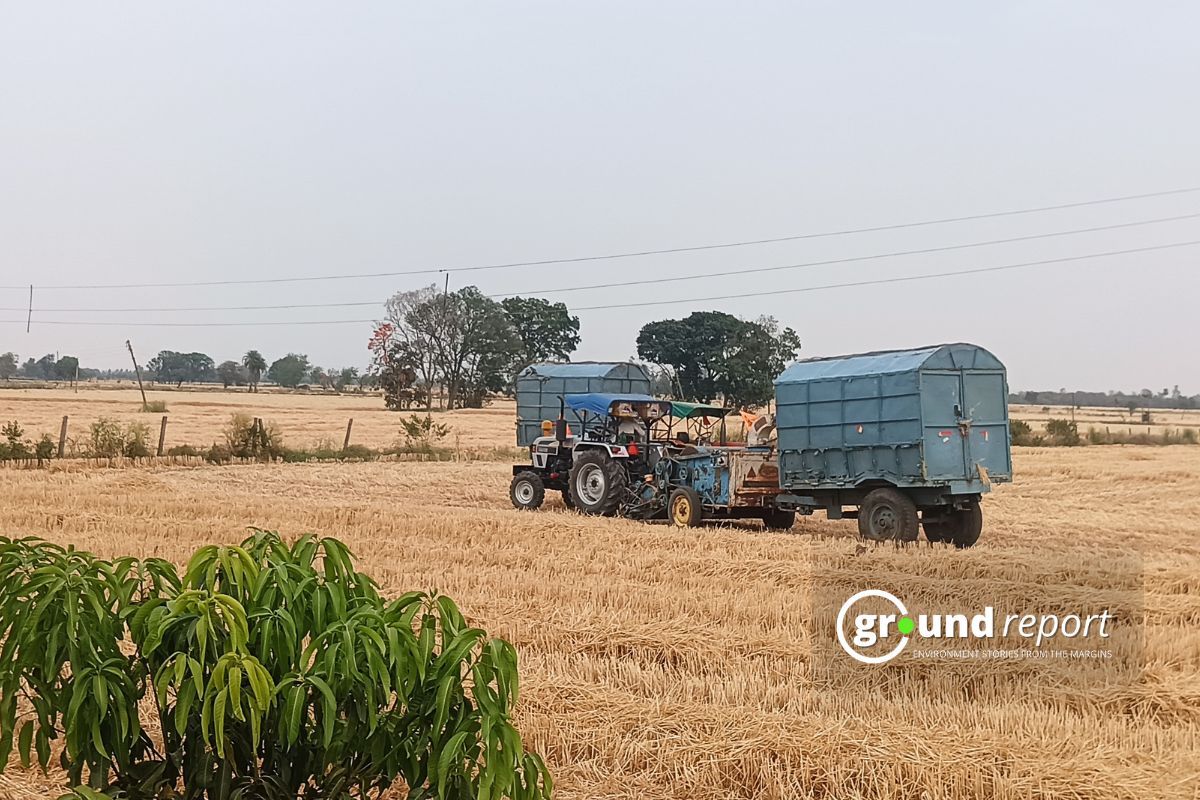The Northeast region of India, despite receiving the heaviest monsoon rains in the country, is increasingly becoming more drought-prone than Rajasthan, which receives the lowest amount of monsoon showers. This situation has led to a decline in agriculture productivity and poses a significant risk to the region’s socioeconomic development.
According to the report by the Centre for Science and Environment (CSE), Northeast India, which receives the heaviest monsoon rains in the country, is now more likely to experience meteorological droughts than western India, which receives the lowest amount of monsoon showers.
A meteorological drought occurs when the actual rainfall over an area is significantly less than its climatological mean, as defined by the India Meteorological Department (IMD).
Northeast India more prone to drought
According to IMD data, states in the northeastern region of India experienced deficient rainfall in July 2022, with Assam, Nagaland, and Arunachal Pradesh recording their driest July in 122 years. The Union agriculture ministry’s report highlighted a 13% decline in paddy cultivation during July.
The decline in rice production was observed not only in major rice-producing states but also in northeastern states such as Assam, Mizoram, Meghalaya, and Tripura, where rice is a staple food.
A research paper published in the Current Science in December 2015 suggests that between 2000 and 2014, the probability of meteorological drought in the Northeast was 54 per cent, compared to 27 per cent in western India, which includes Rajasthan and the Saurashtra and Kutch regions of Gujarat.
The frequent droughts have had a negative impact on agriculture, with the paper reporting a significant negative rice production anomaly during the drought years of 2005-06 and 2009 in Assam.
According to research conducted by the Indian Institute of Tropical Meteorology, which has been studying teak tree growth across India, Assam has been experiencing a decline in monsoon rainfall since the 1870s, along with sudden heavy rainfall leading to frequent flooding.
The paper titled “Unprecedented drought in North East India compared to Western India” also stated that drought impact was reported in other states in Northeastern India during 2010-11 and 2013.
However, the situation is not straightforward. An investigation by Down to Earth into IMD’s monsoon data for the northeastern states between 1989 and 2018 revealed subtle differences.
While six of the eight northeastern states showed an overall decreasing trend in monsoon showers during this period, some districts, particularly in Assam, experienced an increase in floods, which is unexpected in an area receiving less rainfall.
Drying up of Mountain Springs
Another challenge for the Northeast region is the drying up of mountain springs, which are the primary water source for over 94 per cent of villages in Sikkim, and in three other states—Meghalaya, Mizoram, and Manipur.
A 2018 report by the government think tank NITI Aayog suggests that around 200 mountain springs have already dried up in the region. This situation has led to a water crisis in the region, which is expected to worsen if action is not taken.
The reasons behind the Northeast region becoming more drought-prone than Rajasthan are complex and multi-faceted. Climate change and its impact on the monsoon season, as well as unsustainable land use practices, deforestation, and changing river courses, are some of the factors contributing to this situation.
The CSE conducted an analysis that covered three aspects related to monsoon rainfall in the state, including the overall rainfall, month-wise variability, and district data.
The district-level analysis focused on changes in overall rainfall during the period, the number of rainy days (with 2.5mm or more rainfall in a day), and the number of heavy rainfall days (with 64.5 to 124.4 mm rainfall in a day).
Additionally, the analysis separately examined the overall monsoon rainfall in 2019 and 2020, as detailed data were unavailable for these years.
Keep Reading
- Delhi Registered Highest Complaints Against Single-Use Plastic
- Air Pollution Reduced Lifespan Of 45% Indians By 5yrs: CSE Report
- India 4th Worst Hit Country By Natural Disasters: CSE Report
- Dal Lake And Wular Lake’s Water Holding Capacity Reduced By 40 To 70%
Follow Ground Report for Climate Change and Under-Reported issues in India. Connect with us on Facebook, Twitter, Koo App, Instagram, Whatsapp and YouTube. Write us on GReport2018@gmail.com.









